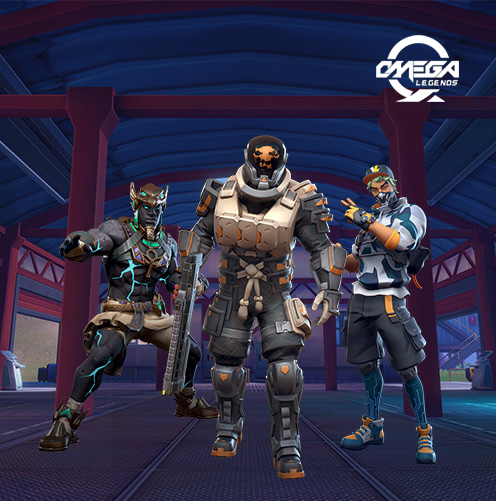


These closely related glycoproteins, composed of 82–96% protein and 4–18% carbohydrate, differ in heavy chain structure and have different effector functions. It is the major class of the five classes of immunoglobulins in human beings, IgM, IgD, IgG, IgA, and IgE. Immunoglobulin G (IgG) is one of the most abundant proteins in human serum, accounting for about 10–20% of plasma protein. How these properties, IgG-polymorphisms and post-translational modification of the antibodies in the form of glycosylation, affect IgG-function will be the focus of the current review. However, FcRn is also expressed in myeloid cells, where it participates in both phagocytosis and antigen presentation together with classical FcγR and complement. The Fc-regions also contain a binding epitope for the neonatal Fc receptor (FcRn), responsible for the extended half-life, placental transport, and bidirectional transport of IgG to mucosal surfaces. As a result, the different subclasses have different effector functions, both in terms of triggering FcγR-expressing cells, resulting in phagocytosis or antibody-dependent cell-mediated cytotoxicity, and activating complement. These regions are involved in binding to both IgG-Fc receptors (FcγR) and C1q. The four subclasses, IgG1, IgG2, IgG3, and IgG4, which are highly conserved, differ in their constant region, particularly in their hinges and upper CH2 domains. Of the five immunoglobulin isotypes, immunoglobulin G (IgG) is most abundant in human serum.


 0 kommentar(er)
0 kommentar(er)
